Kato Deftera
A village divided into two administrative communities of rich archaeological importance
Deftera is a village in the Nicosia district, 15 km from the capital Nicosia. It is officially divided into two administrative communities: Pano Defteras and Kato Deftera. According to the 2011 census, Deftera had 4843 inhabitants overall.
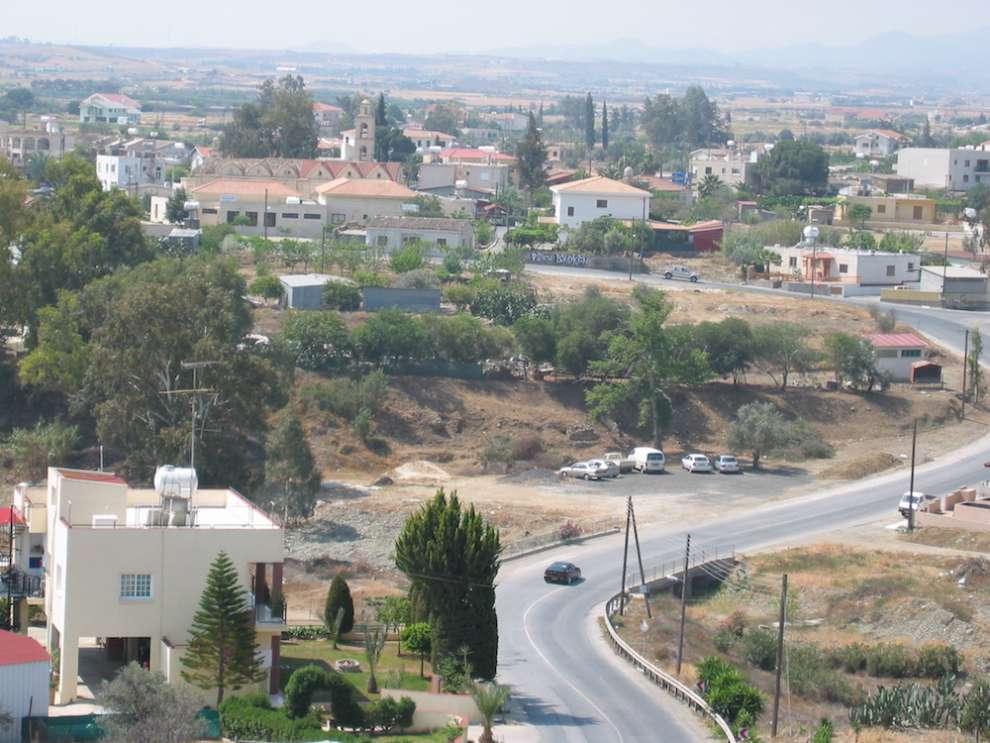 Photo: www.deftera.org
Photo: www.deftera.org
Pano and Kato Deftera are built on the bank of the Pedieos River at an altitude of 300 meters above sea level. Pano Deftera today has approximately 1957 inhabitants while Kato Deftera has 1637 inhabitants.
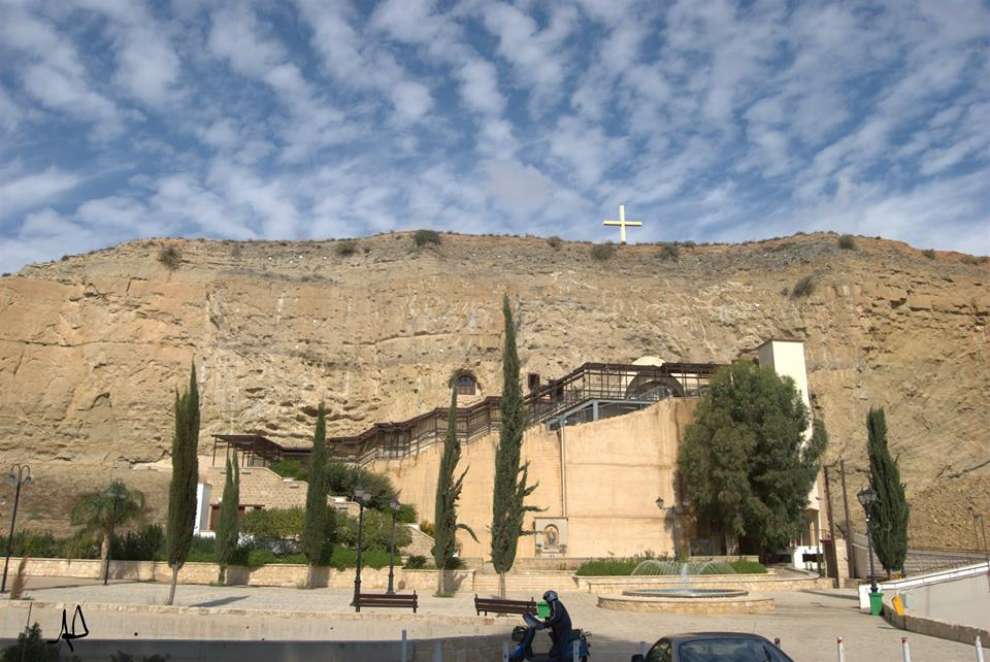 Photo: Λάμπρος Δρουσιώτης
Photo: Λάμπρος Δρουσιώτης
In the past years the inhabitants of the village have been engaged in the production of cereals, vegetables and fruits, mainly apricots. Today (2018), there are only a few inhabitants who are engaged in agriculture.
The name of the Village:
For the name of the village there are different versions. The first of these mentions that the name of the village comes from the name "Defteras" meaning in greek the man who holds note pads. The second version states that the name of the village comes from the Greek word "deuteri", which means the "second", for the second part of the fields.
The story of Defteras:
During the period of the Frankish rule, Deftras was a feud of the Order of Knights Templar, and in 1312, after the dissolution of the Battalion, it became the possession of the knights of the Order of St. John. During the Venetian occupation, the Defteras was owned by the patriarch of Antioch with a total income of 600 ducats.
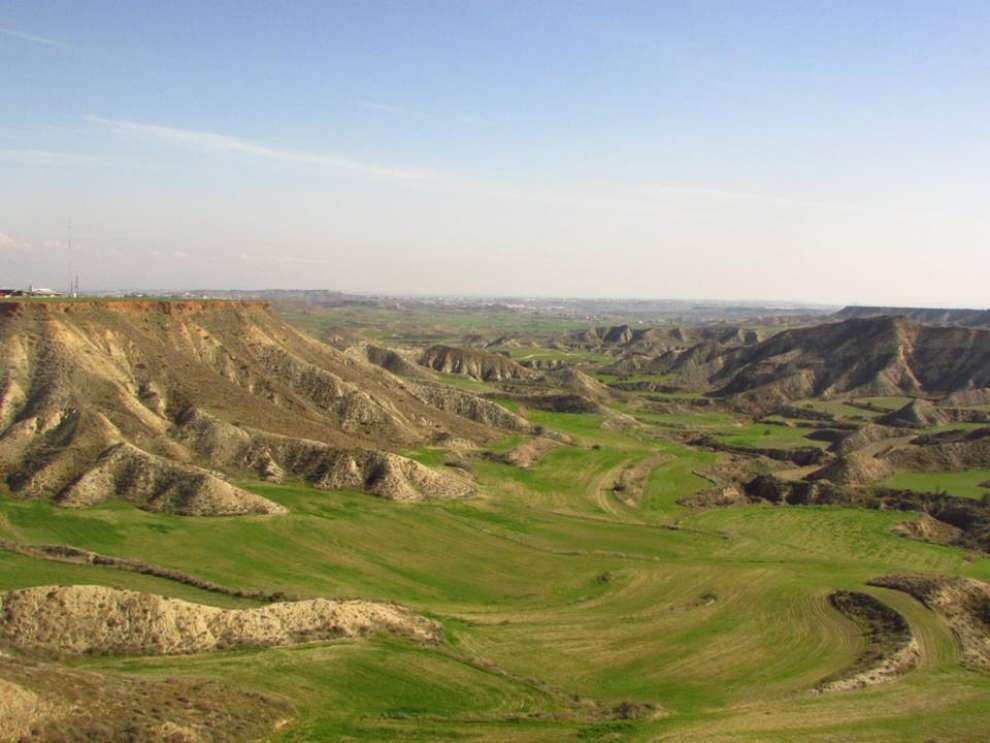 Photo: Antreas Constantinou
Photo: Antreas Constantinou
In Kato Deftera there is the necropolis of the village, the archaeological finds of which prove that the Deftera village was inhabited since ancient times, as well as the findings found, from the time of the Geometric years, 1050 - 750 B.C. and the Archaic years, 750 - 475 B.C. It is worth noting that Ancient tombs were found in other areas of Deftera as well as in Pano Defteras.
Churches found in Kato Deftera:
In Kato Deftera you will meet the cave-shaped Medieval Church of Panagia Chrysospiliotissa (Virgin Mary of Chrysospiliotissa) located on a steep bank of the Pedieos river. The cave of the Panagia consists of three carved caverns connected by two internal tunnels and the largest of them, the central one is the temple. The name of the cave is due to the discovery of the sepulchral and miraculous icon of the Virgin Mary, which according to tradition was remarkably found in the cave. Since then the cave has been named "Golden Cave" and "Chrysospiliotissa".
East and at about 400 meters from Panagia Chrysospiliotissa is the chapel of Agios Dimitrios. It is built on the Strakka farm. From its location, it belongs to Kato Deftera but religiously it is part of the Metropolis of Tamasos and Mountains. It was built in 1980 by the late Christos Leventis in memory of his brother Anastasios Leventis. It is a chapel of Byzantine Rhythm, Crossed with a dome.
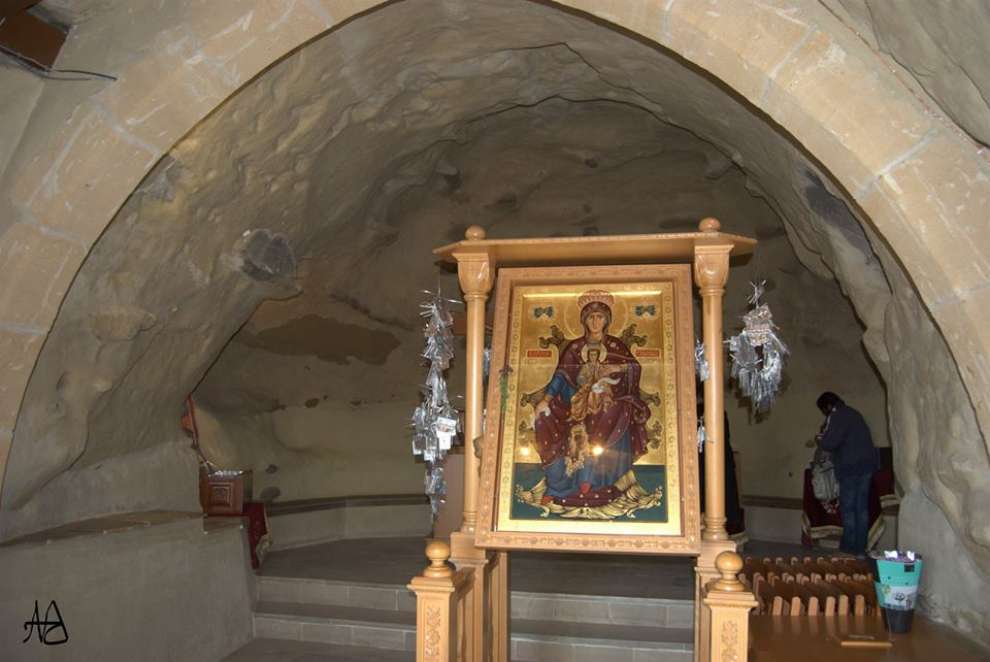 Photo:Λάμπρος Δρουσιώτης
Photo:Λάμπρος Δρουσιώτης
The church of Agios Nikolaos is located in the center of the village across from the stone-built building that was built during the British domination and housed the Police Station. It is a building of 1880 that belongs to the rhythm of the single-aisled Basilica without a dome.
In addition, Kato Deftera has a chapel of Agia Marina, built near the banks of the Pedieos river, 150 meters from the church of Agios Nikolaos in Kato Deftera.
It is worth mentioning that throughout the village of Deftera you will find other churches such as Agios Georgios, Agios Spyridon, Archangel Michael and Gabriel, St Dimitrios Chapel and the Chapel of Apostle Loukas and others.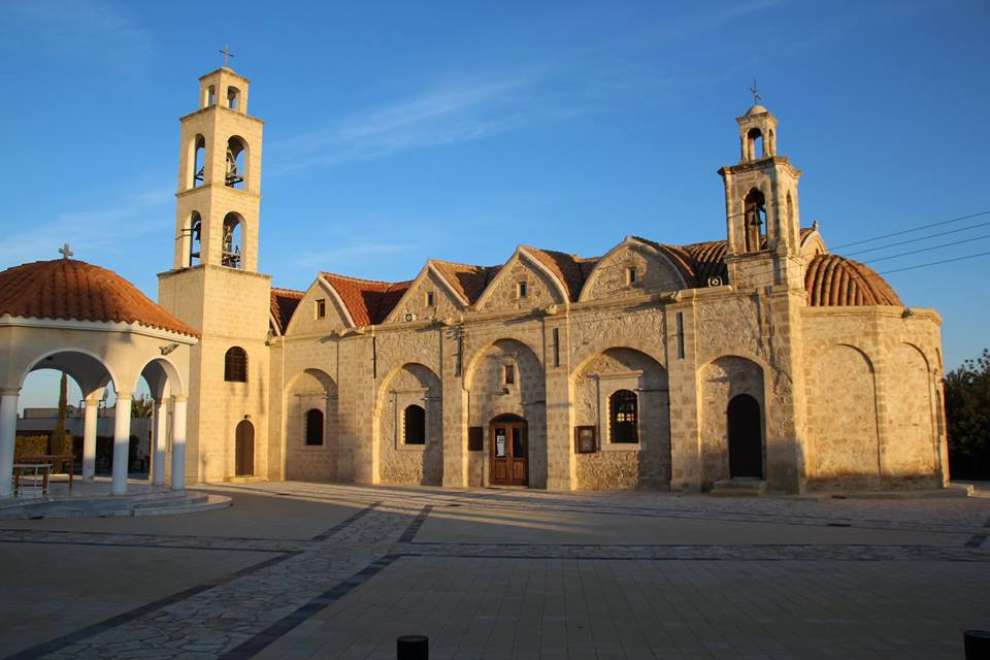 Photo: Costas Kkoli
Photo: Costas Kkoli
For the map of the area, click HERE

 English
English
 Ελληνικά
Ελληνικά Русский
Русский
















